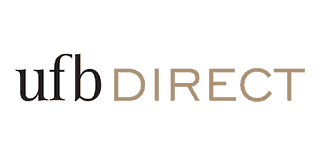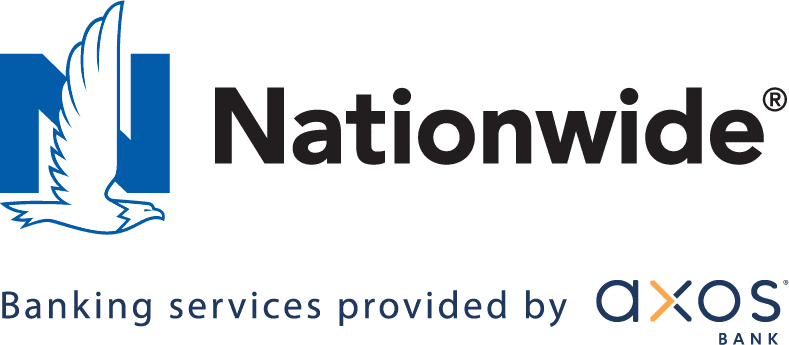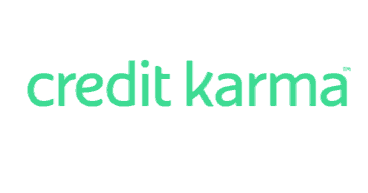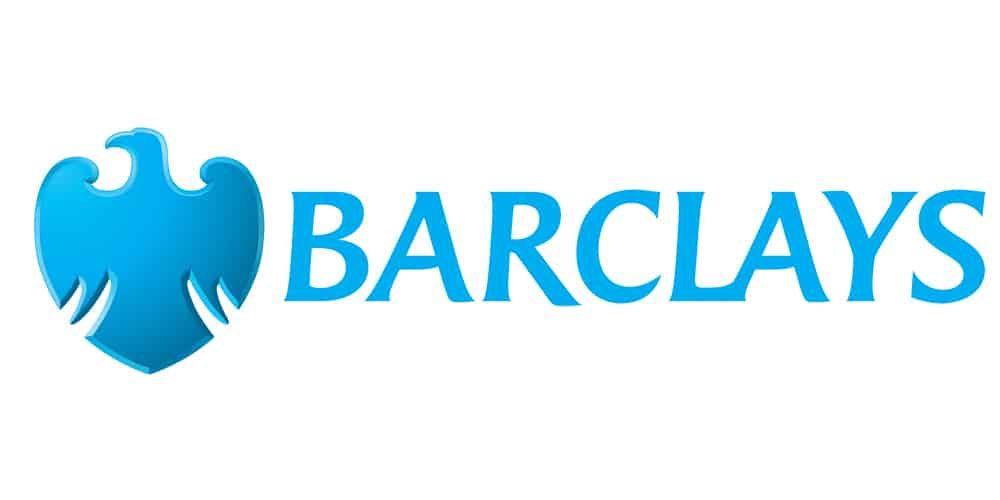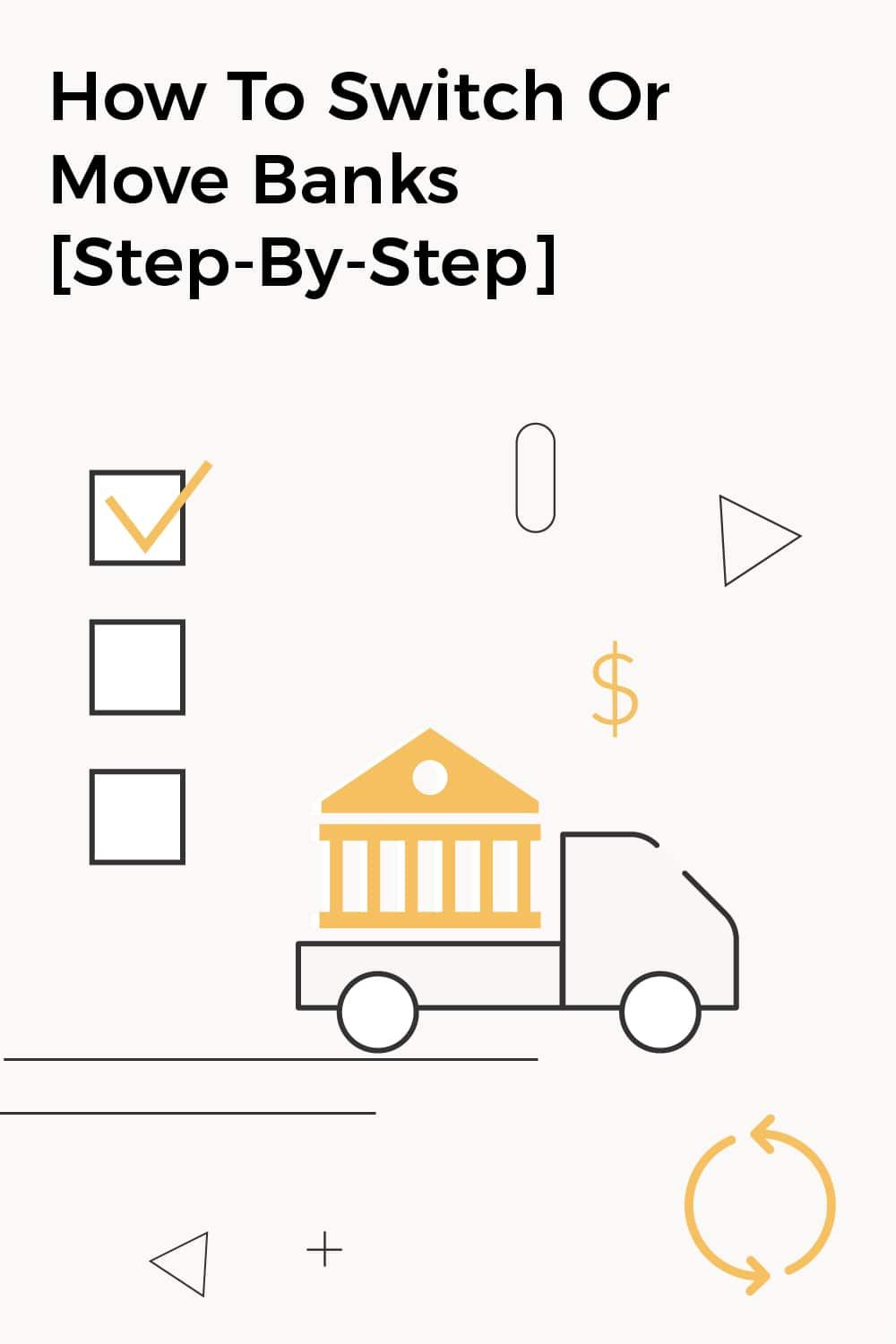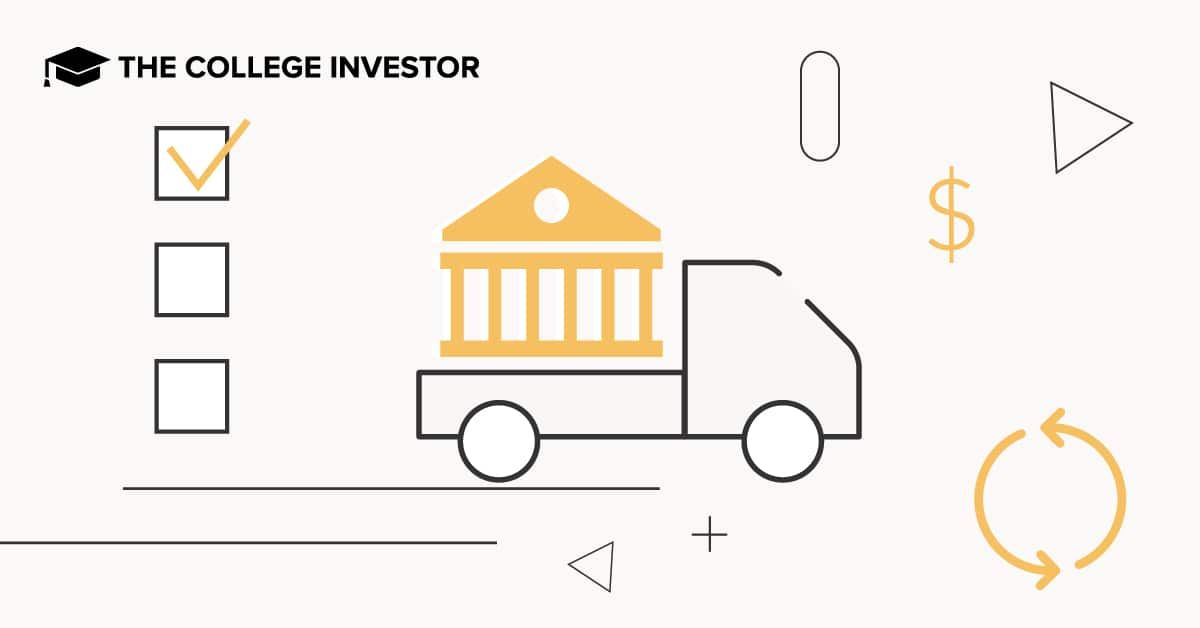
Millions of Americans are looking to switch banks this year - a big factor was the recent FinTech and Yotta debacle.
If you’ve recently thought about switching banks, you’re not alone.
The good news is there are plenty of banking options out there. You’ll have to decide what the best option is for your financial situation. Although it’s easy to make the switch, it can take time. With that, it’s important to choose a bank that will satisfy your needs for the long term.
Here’s a step-by-step guide to help you switch or move banks.
Explore Your Banking Options
There’s usually an impetus for a desire to change your bank.
Maybe you moved and there aren’t a lot of branches nearby, or perhaps you don’t want to pay a monthly fee for checking. Or you might disagree with your bank’s investment choices from a value standpoint. Whatever the reason, make a list of features you’d like in a new bank.
Maybe you want to find a socially responsible bank, a checking account that earns interest and has minimal fees. Before jumping into a bank account, take the time to thoroughly explore your options.
Header | 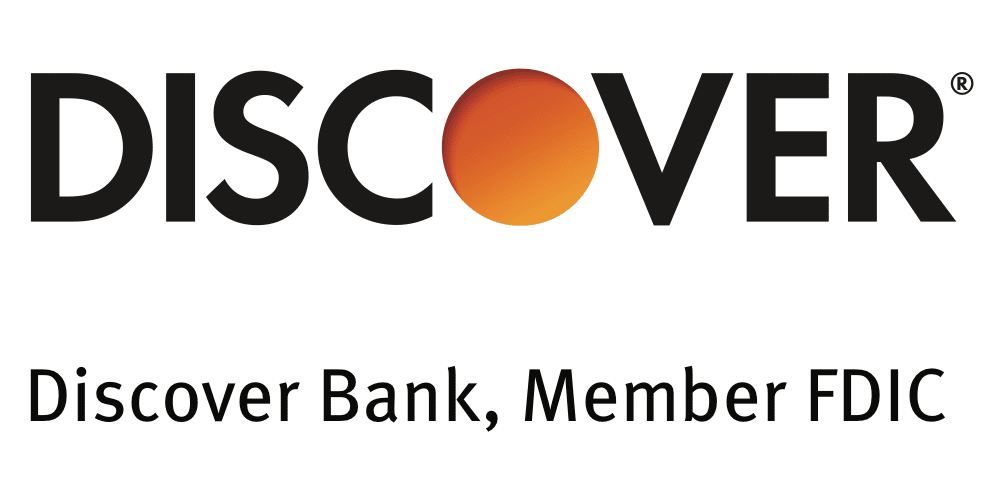 | 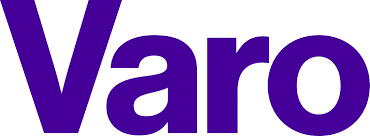 | |
|---|---|---|---|
Rating | |||
Interest-Earning Checking | |||
Cashback Checking | |||
FDIC Insured | |||
Cell |
Fintech vs. Bank
One of the big factors driving people to new bank accounts lately has been the FinTech crisis. To catch you up, over 200,000 people have money tied up in Yotta due to their technology company going bankrupt.
The scary part is that none of the regulatory agencies (Federal Reserve, FDIC, etc.) have stepped in to help people. As a result, it's a big warning that you may NOT want to use a FinTech as your primary bank. We agree.
We recommend that everyone has a direct, FDIC-insured bank account as their primary bank. And there are good, fee-free options (our list above are all free and at FDIC-insured banks).
Check out our list of the best free checking accounts as well to see your options.
Start Using Your New Account
After opening your account, you can start using it right away. You will need to send some funds from your old account to your new account. Although there may be some back and forth of transferring your funds to cover your bills, it shouldn’t take too long to completely transition to the new account.
Switch Your Direct Deposit
In order to start regularly using your account, you’ll need to reroute your income to this new bank account.
If you are paid via direct deposit, talk to your employer’s human resources or payroll department about changing the information they have on file. When making the switch, remember to ask how long it will take for the change to go into effect. If you work for yourself, make the change on your invoicing systems, if you use them. Or you may need to reach out to your clients directly.
But your employer might not be the only source of income to reroute. A few other income sources to consider include:
- Government benefits
- Annuity income
- Pensions
- Investment earnings
Switch The Bills Connected To Your Old Bank Account
In addition to switching over your income, you’ll need to update any automatic bill payments. Although you likely have a good idea of which bills are being paid out of your account, take a close look at the transactions for your account in the last six months.
After you identify all of the automatic payments, switch the payment information to your new account. As you update this information, make sure that your new account has enough funds to cover the upcoming automatic payments.
In addition to automatic payments, look into what purchasing platforms are connected to your old account. For example, a random purchase on PayPal might be connected to your old account. Take the time to switch over all of this payment information.
Monitor Your Old Account
It’s tempting to close your old account immediately after opening your new account. But it’s a good idea to keep the old account open for a little while. Transitioning too quickly could mean you may accidentally leave bills unpaid. For example, you might see a subscription that you forgot about. If anything pops up, resolve it by updating the source with the new account’s information.
With that, it’s a good idea to leave your old account open for a month or two to make sure no more payments are coming out of it.
Also, keep any account maintenance fees in mind. It might be worth it to keep a required minimum balance in this account as you wind it down, just to avoid any pesky fees.
Close Your Old Account
After a month or two of keeping both accounts open, you may feel comfortable in the knowledge that no one is expecting a payment from your old account. Double check that there are no outstanding checks or pending payments. At this point, it’s probably time to shut down the old account.
Start by transferring any remaining funds from your old account into your new account. Then follow your bank’s instructions for closing the account. In some cases, you can do it online. But in other cases you might need to send a letter or make a phone call.
Unfortunately, many banks make it a bit complicated to finalize the account closure. But once you make your request, it’s only a matter of time before you shut down the account for good.
The Bottom Line
Switching to a new bank may take time and effort but could be worth it if you’re now with one that makes sense for your needs and situation. That way, you can continue to work towards your financial goals.
Bank Name | APY |
|---|---|
At UFB Direct, Member FDIC | 1.90% $25,000 Minimum Deposit |
At CIT Bank, FDIC | 1.75% Up to a $200 Bonus! |
At Axos Bank, FDIC | 1.90% $100 Minimum Deposit |
At Discover Bank, Member FDIC | 1.60% Up to a $200 Bonus! |
1.83% | |
1.70% No Minimum Deposit | |
1.80% No Minimum Deposit | |
1.85% Up To $700 Bonus Offer! | |
1.70% No Minimum Deposit | |
1.70% No Minimum Deposit |

Sarah Sharkey is a personal finance writer covering banking, insurance, credit cards, mortgages and student loans. She has written for numerous finance publications, including MagnifyMoney, Business Insider and ChooseFI. Her blog, Adventurous Adulting, helps young adults get a handle on their finances.
Editor: Colin Graves Reviewed by: Robert Farrington

